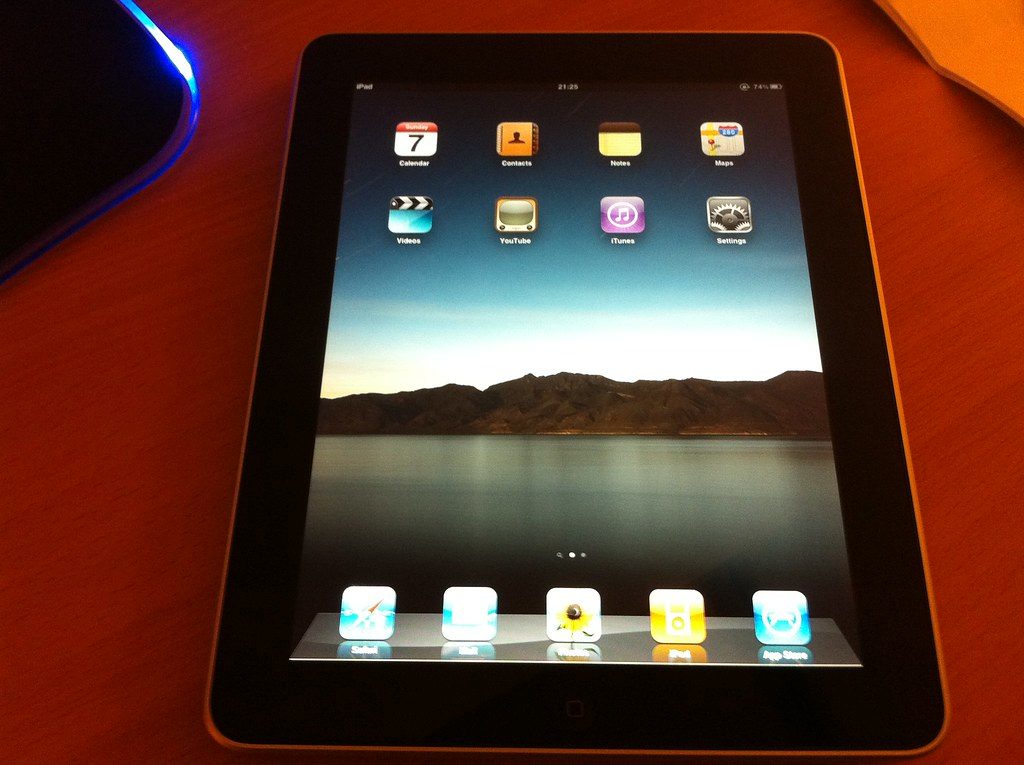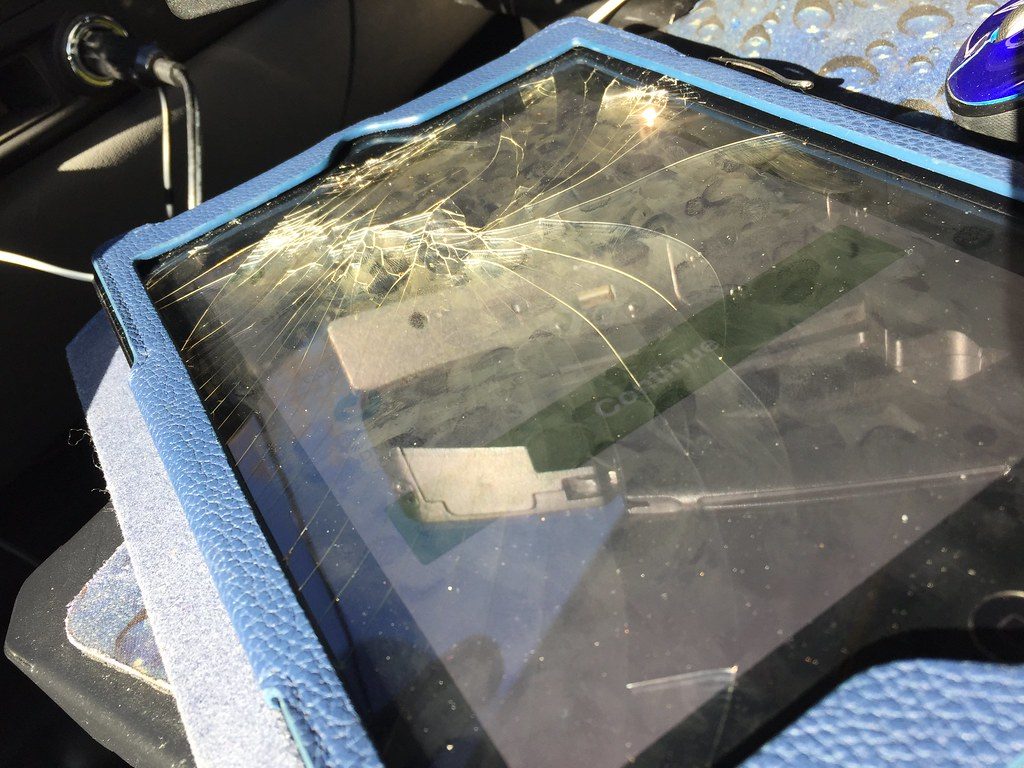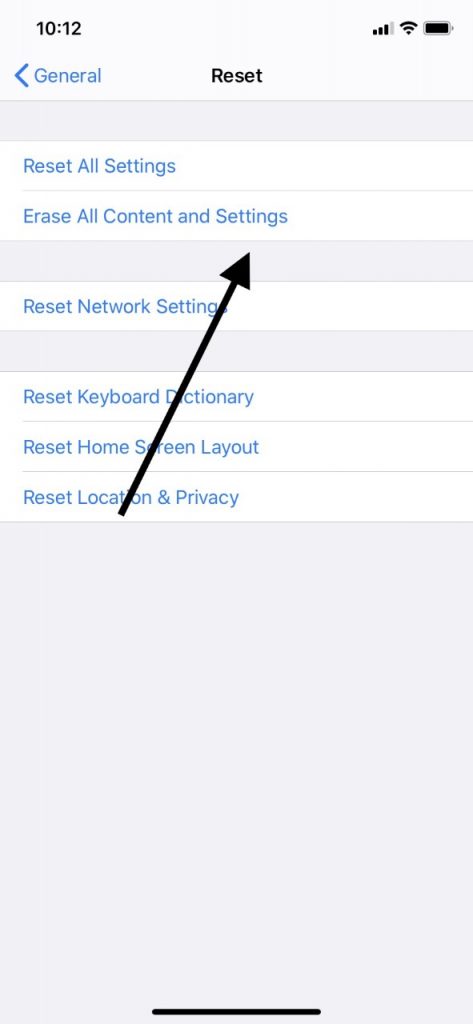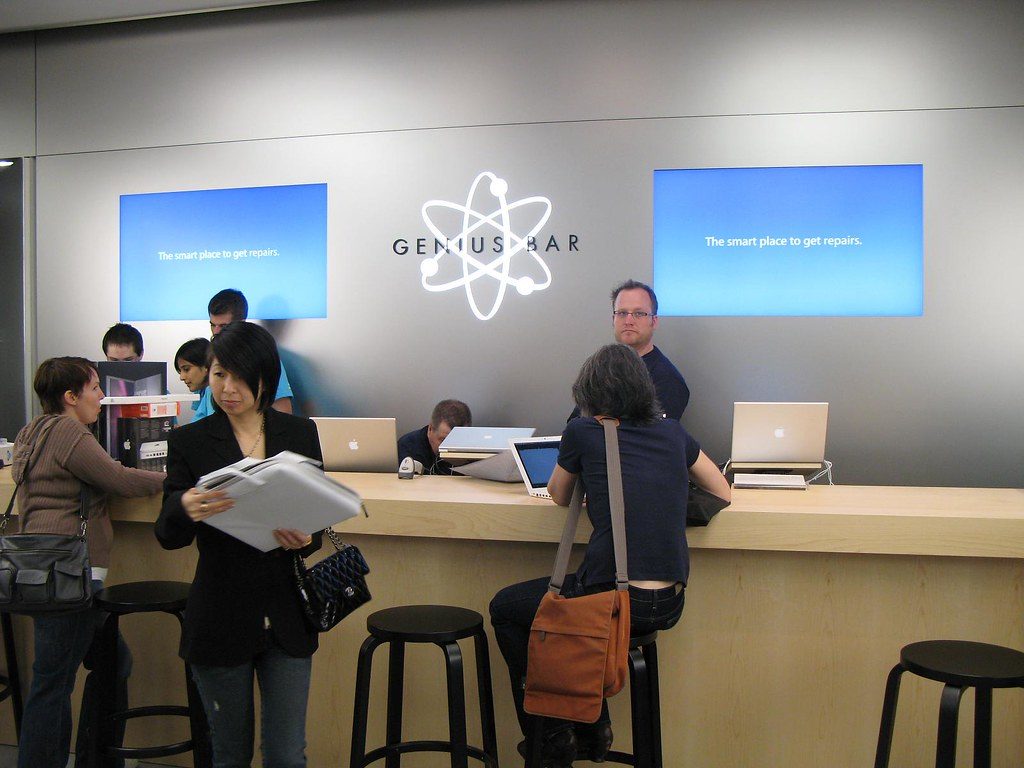If you own an iPad, then you have probably discovered that it has all kinds of fun and useful features for both work and play. Sometimes iPads run into issues, though, that are either hardware or software-related. The more serious of these problems may require help for you to fix, but some minor software concerns can be corrected through resetting your device. In the following article, we will discuss when it is appropriate to reset your iPad, and how you can go about doing so.

When Should You Reset Your iPad?
The time when it would make the most sense for you to reset your iPad is when you seem to be having minor software problems with it. By contrast, if what is going on with the device is clearly hardware-related, like a cracked screen or a stuck Home button, then doing a reset isn’t going to do you any good.

If your iPad screen gets frozen, that would be the ideal time to try an iPad reset (which is also sometimes called a restart). When you’re tapping the screen and getting no response, that’s when you should be attempting this first maneuver.
The Basic iPad Reset
We’ll start by going over how to turn the iPad off and then back on again. That’s easy enough to do, and you might be surprised by how many glitches and bugs this can solve. It’s the same with an iPhone, or indeed many other electronic devices, not just the ones unique to Apple. You can think of the reset as a refresh for the programs your device is running. You don’t need to back up your data if you do this form or reset.
- Press the On/Off button on your iPad. You will find it at the top right-hand corner.
- Continue holding it until you see a slider come up on the screen. It will say Slide to Power Off. You might recognize this slider if you have ever tried this same maneuver with a malfunctioning iPhone. Apple builds certain universalities into their devices to make troubleshooting easy for their customers.
- Let go of your On/Off button and slide the slider to the right. This gesture should shut off your device.
- Once the iPad’s display has gone black, wait a few moments. Then, turn it back on by holding down your On/Off button until you see the Apple logo pop up on the screen.
You can now check to see if whatever was the matter with your iPad is still affecting it. You should also note that if you have an older generation of the iPad, you’ll have to hold down the On/Off button at the same time as the Home button. Newer iPads, like the newer iPhones, no longer have Home buttons.
How to do a Hard Reset of the iPad
The version we just told you how to do is sometimes called a soft reset of the device. There’s also such a thing as a hard reset. The hard reset can be considered a more extreme version of restarting the device. If you tried the soft reset and it didn’t solve whatever problem was happening, then this is an escalation that could be necessary to get things working again.
If your iPad is so locked up that it doesn’t respond to screen taps and the slider won’t come up on the display, then it’s time for a hard reset. It will clear the memory in which the apps run, and also iOS, Apple’s universal operating system. You won’t need to back up your data for this version, either.
- Hold down the On/Off and the Home button at the same time. If your iPad does not have a Home button, then continue holding down the On/Off button by itself.
- Keep holding the two buttons (or one button) down for several seconds. Eventually, the screen should go black.
- The Apple logo will appear. At that point, you can safely stop pressing the buttons and allow the regular startup.

Now, see if the problems you were experiencing have dissipated.
Restoration of the iPad to the Factory Settings
What if whatever problem you’re having hasn’t gone away with either a hard or a soft reset of the iPad? It might be time to restore it to the original factory setting with which it came. This is sometimes seen as the last resort before taking the device in to get it repaired.
This maneuver will completely wipe out any apps, customizations, data, etc. that you have on the iPad. Because of this, you’ll need to back it up before you proceed. After the factory reset, you can restore the device with your backup if you choose to do so.
Connect the iPad to your laptop or desktop with an Apple-approved USB cable. Pull up the latest version of iTunes. You should see the iPad appear under Devices on the left-hand side of the screen. Follow the instructions to make a backup. Now, disconnect it. You’re ready to do the factory reset.
- Open up Settings, then General.
- Go to Reset.
- Hit Erase All Content and Settings. You might see a prompt to enter your passcode, or in some cases, it might ask for your Apple ID and password. Enter them, and hit Confirm.

It’s probably going to take a couple of minutes for this process to be completed. When it’s all done, you should see the Welcome sign flash on the iPad’s screen in many different languages. Now, it should be back to the original factory settings. You can reconnect it to your computer and use iTunes to do a restore of all of your data, apps, etc. if you like.
What if this Form of iPad Reset Didn’t Fix the Problem?
There are some software issues that are so severe that even a factory reset won’t solve them. If that is what’s happening with your iPad, then you have little choice but to take it to an Apple Store with a Genius Bar to get it repaired. It’s also possible that there is a hardware issue going on with the device, but it’s something happening internally that you’re not able to see.
It’s best to call ahead and set yourself up with an appointment to get the device looked over by one of the helpful Genius Bar employees. If the iPad is still under the original warranty, then it might not cost you anything to get the problem fixed, depending on what it is. If you have the AppleCare+ package, that might also cover whatever is happening with it.

Don’t try to open up the iPad and tinker with it, as this will void the warranty. As a general rule, it is also best to take the iPad to a genuine Apple Store rather than a random electronics store where you don’t know how much training or expertise the employees have.






